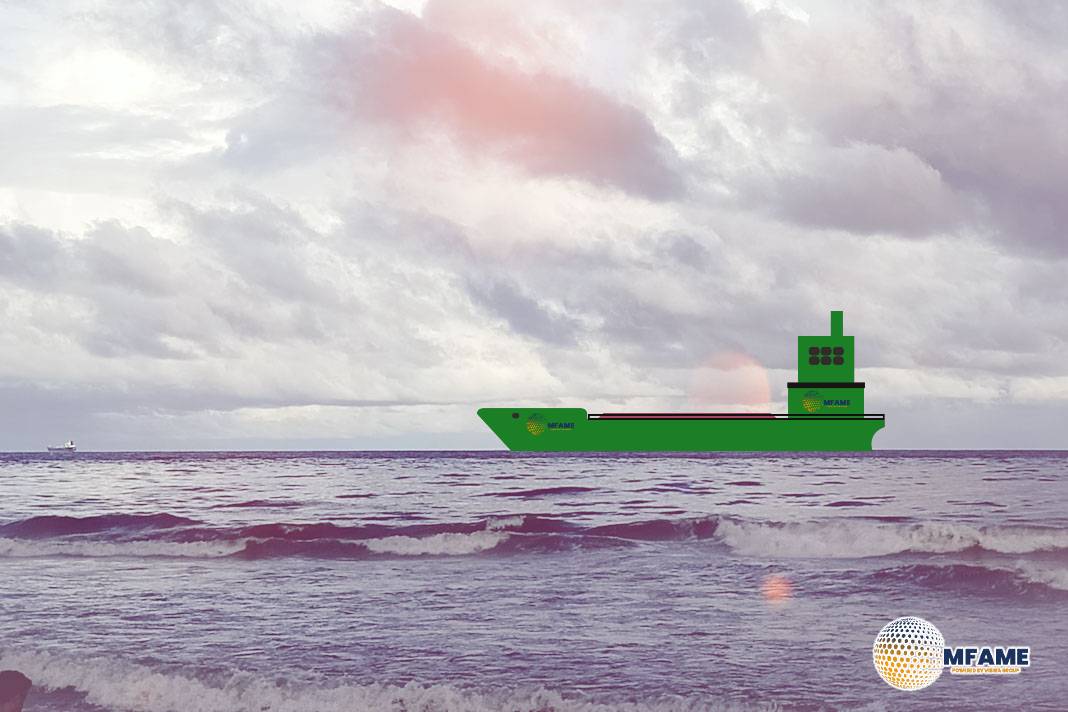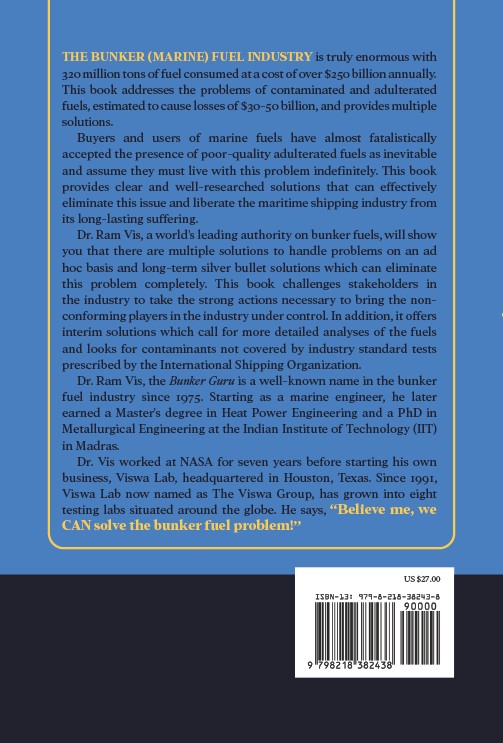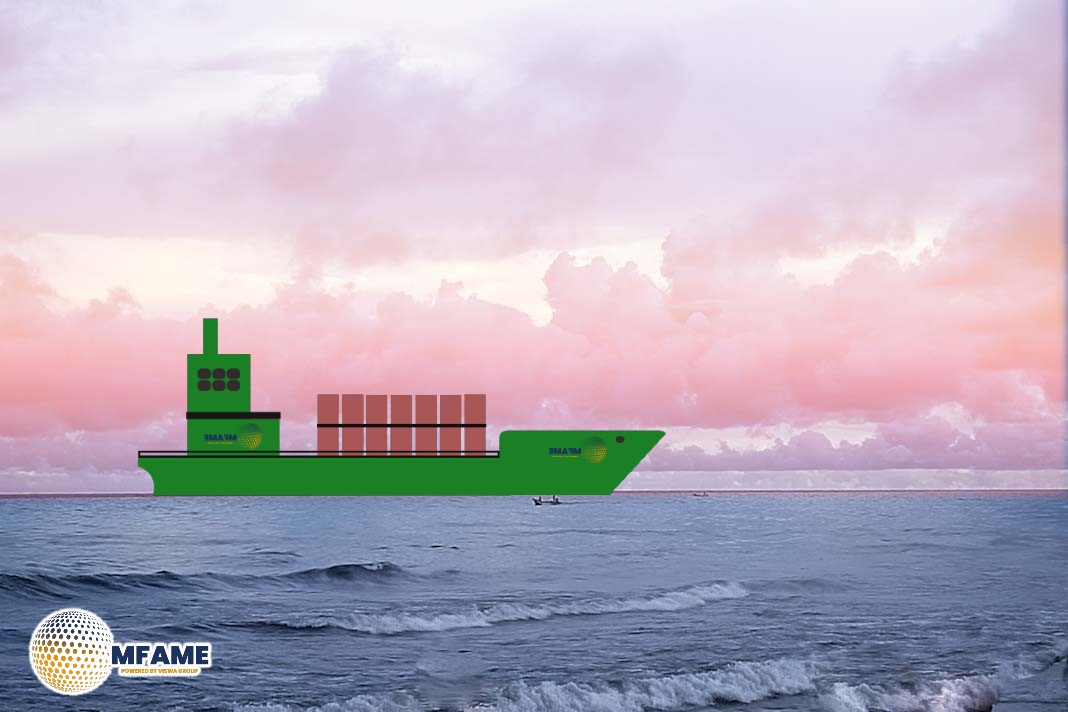In the East of Suez region, the dirty tanker market is experiencing a shift from long-haul to regional crude oil flows. This change is supporting increased Suezmax tanker utilization and a subsequent rebound in freight rates. Conversely, the clean tanker market in the same region has been facing challenges due to soft demand over recent quarters. However, there are indications that the downward trend in rates may have reached its bottom, suggesting a potential stabilization or recovery shortly, reports Breakwave Advisors.
Shift From Long Haul
Suezmax tanker market dynamics, particularly about the Russia-Ukraine war and shifting trade flows:
- Pre-Invasion Trade:
- Pacific Basin demand was partly fulfilled by long-haul Suezmax voyages originating from the Wide Arabian Sea and South Atlantic regions.
- Impact of the Russia-Ukraine War:
- The war caused a significant change in trade patterns.
- Discounted Russian crude oil entered the Asian market, replacing crude from West Africa and the Middle East.
- This shift resulted in a consistent decrease in the average voyage mileage for Suezmax tankers.
- Recent Market Developments:
- India and China have become major buyers of available crude from the Middle East Gulf (MEG) and the Atlantic region.
- Buyers are splitting VLCC (Very Large Crude Carrier) stems into Suezmax cargoes, particularly when VLCC supply is tight, to maintain scheduling flexibility. This is supported by FOB (Free On Board) terms.
- There’s been an increase in Suezmax loadings from the MEG to the West Coast of India (WCI), contributing to high fleet utilization.
- This has also led to a surge in Suezmax voyages to the Pacific Basin, reaching levels not seen since the start of the war.
- Suezmax freight rates from the MEG to the WCI increased by 20%, reaching $10.3 per ton (WS 135) between mid and late March, indicating a tightening supply and strong demand for short-haul programs.
Clean Tanker Demand
Clean tanker market trends:
- Drivers of Demand:
- Clean tanker demand over the past three years has been primarily driven by increased voyage distances.
- Factors contributing to this include:
- Refinery inefficiencies and closures.
- Geopolitical disruptions.
- Canal closures.
- While overall cargo volumes have remained at or below 2019 averages, ton-mile demand (volume multiplied by distance) has exceeded 2019 levels for MR2s and LR2s.
- Recent Decline in CPP Flows:
- Over the last two quarters, there has been a decline in clean petroleum product (CPP) flows.
- This decline is attributed to:
- Softer demand.
- Refinery maintenance and outages.
- Resulting in less product being transported by sea.
- Potential Rate Bottoming Out and Future Support:
- Despite the recent decline, rates are likely to have reached their lowest point.
- Factors that could support freight rates going forward include:
- Increased geopolitical tensions and uncertainty, are reshaping trade flows and extending voyage distances.
- Potential tariff implications, which could further alter trade routes.
- A potential rebound in CPP flows after the refinery maintenance season concludes.
Tightening Tonnage
Aframax tanker market dynamics, focusing on the transatlantic trade:
- TD25 (Gulf of Mexico-to-Europe) Freight Rates:
- Freight rates increased significantly, rising to $41.3 per ton at the end of March from $34.5 per ton at the end of February.
- Gulf of Mexico (GoM) Tonnage Tightening:
- The availability of Aframax vessels in the Gulf of Mexico is decreasing.
- The number of Aframax vessels ballasting (sailing empty) to the GoM fell by 50% month-over-month.
- Canada East Coast (EC) Voyages:
- Aframax voyages originating from Canada EC increased by 67% month-over-month in March 2025.
- Over 70% of these voyages were servicing the Canada EC-to-Europe trade route.
- Potential for Increased Tonne-Mile Demand:
- If Canada EC crude is shipped to more distant destinations, it could increase Aframax ton-mile demand in the Atlantic.
- The number of Aframaxes ballasting to Canada EC has risen by 50% since the beginning of March, indicating this trend could continue.
- Impact of Tariff Implementation:
- The implementation of tariffs could positively impact Aframax employment and ton-mile demand.
- However, this potential upside could be limited by a decline in European crude demand.
- This decline is supported by:
- Softening seaborne crude imports into Europe.
- Inventory build-ups over the past two months.
Did you subscribe to our daily Newsletter?
It’s Free Click here to Subscribe!
Source: Breakwave Advisors















![[Watch] Crazy Power Needed to Move World’s Largest Containerships](https://mfame.guru/wp-content/uploads/2023/11/mfame-tanker-100x70.jpg)
